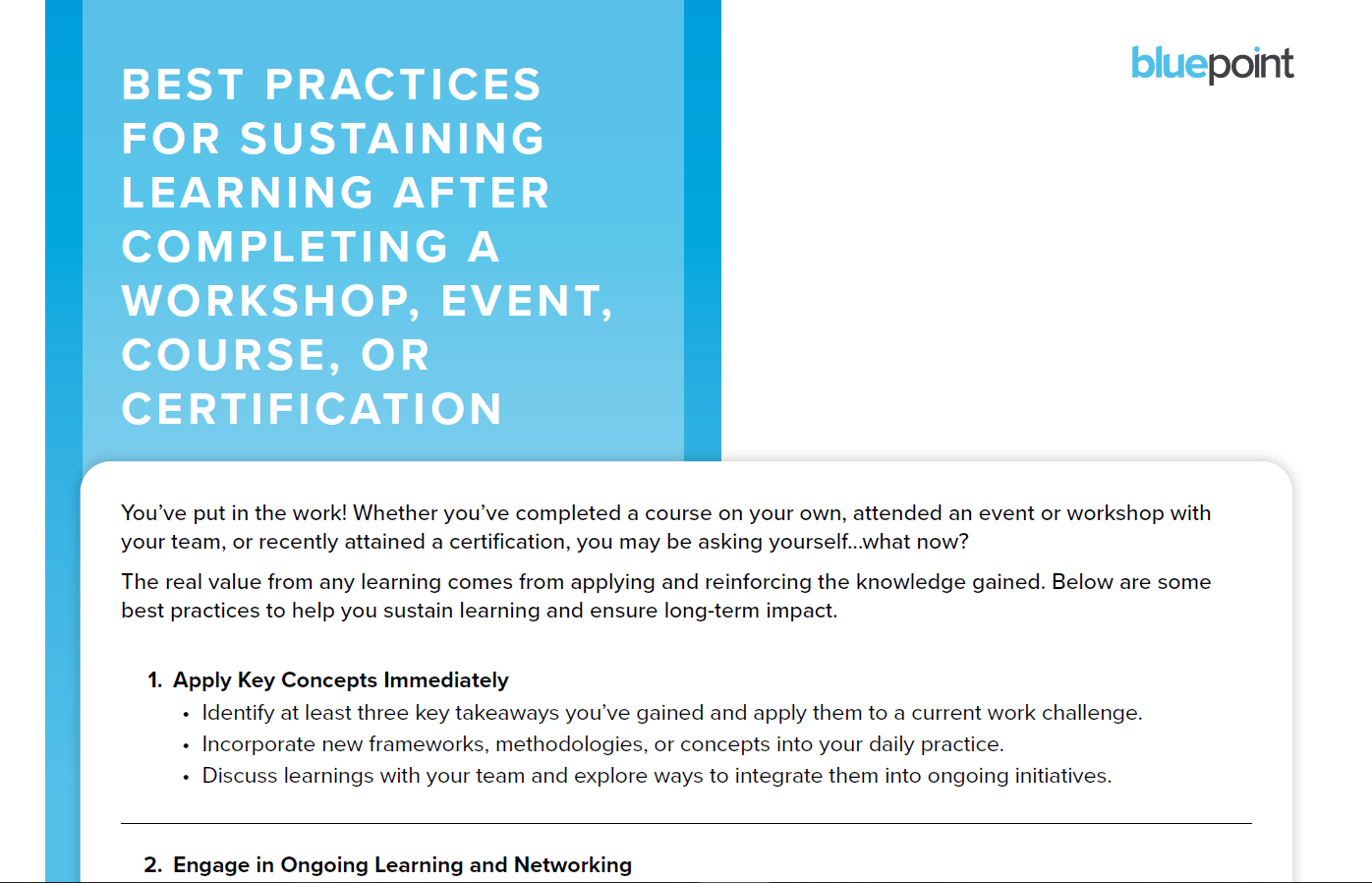The most effective leaders are those who consistently strive for self-improvement and the enhancement of their leadership abilities. To become a powerful and influential leader, you must commit to acquiring skills that may not be innate. This can be achieved by setting leadership goals.
Your “goal” is to choose objectives and goals to focus your attention, energy, and resources on the most important leadership priorities. Consider goals to be your road map, giving you a long-term vision and providing short-term motivation.
When choosing your leadership goals, think about outcomes that will increase, improve, reduce, or develop something for your team and organization. Goals should be high level by focusing on the end result and specific enough to direct your daily responsibilities. Effective goals will also be worded in a way that allows you to measure the success of the goals. Ensure your goal deadline is both challenging and achievable.
By setting these goals and writing them down, you’ll be more likely to work toward taking steps to achieve your goals.
Brainstorming Your Personal Leadership Goals
To start the process of successfully setting leadership goals, it’s important to take a step back and understand how to set effective and attainable goals, which will have a big impact on your leadership development.
Use these five steps to effectively brainstorm your leadership goals:
- Personal assessment: The first step in goal-setting is to identify your strengths and weaknesses and take an accurate inventory of any changes that need to be made. What areas are you confident in and have been working well? Where can you improve that would be beneficial for your team?
- Pain points: There might be several areas that need attention, but it’s important to write down each and every pain point area, then assess which are the most important.
- Actionable steps: Before you start drafting your goals, ensure there are actionable ways you can achieve them. For example, saying you want to become “a better communicator” is very vague, so instead, say you want to “confidently present and lead your Monday morning meetings.”
- Benchmarks: A big goal can be overwhelming and might prevent you from starting. Instead, break your goals into mini-goals, which will help give you the boost to make small accomplishments toward your larger goal.
- Feedback: The purpose of setting these goals is to become an overall better leader for your team. Get feedback from your team members on what is and isn’t working so you can alter your goals to meet these needs. Coming up with good goals is more of a trial-and-error process. It’s also hard for one person to make goals by himself or herself.
Framework for Successful Goal-Setting
Once you’ve decided on your goals, you need to map out exactly how you are going to get there. One tool that can help build a strong foundation to substantially improve your chances of success is the SMART framework. Each letter in “SMART” represents a critical part of a well-thought-out, actionable goal:
- Specific: The goal should be specific about what exactly needs to be accomplished.
- Measurable: The goal should be measurable.
- Actionable: The goal should be challenging but reasonable for you to accomplish.
- Relevant: The goal should fit into the organization’s larger business goals.
- Timely: The goal should have a reasonable deadline.
SMART Goal Example: Improve Leadership Communication
Let’s look at a specific example that pertains to leadership development. Say your goal is to become a better communicator. Communication is an important skill for leaders to have in order to clearly share their thoughts and influence others to take action. Using the SMART framework for the goal of improving communication would look something like this:
- Specific: Feel confident leading the company Monday morning meeting by myself.
- Measurable: Get feedback from team members and peers on your communication and presentation skills that could improve.
- Actionable: Lead smaller group meetings each week to get comfortable and confident with public speaking.
- Relevant: Becoming a confident speaker will help me better lead my team.
- Timely:Achieve my goal of leading the Monday meeting within 8 weeks.
The overall SMART goal would be to confidently lead the Monday morning meeting by myself within 8 weeks by leading smaller meetings to gain confidence and get feedback in order to be a better communicator for my team.
Now it’s your turn! There’s no better day to start than today! Download our goal-setting worksheet to start crafting your SMART development objectives.
About The Author

Christina Beaulne
Christina is a Senior Instructional Designer for Bluepoint. She is responsible for creating curriculum to help leaders develop their coaching skills to not only achieve personal and organizational goals, but also to create extraordinary impact in the lives of employees and the community at large.
Related Resources

Leadership Pulse: Leaders as People Developers
leadership-essentials

Beyond the Individual: How Coaching Transforms Teams
leading-teams

7 Leadership Strategies to Combat Change Fatigue
leading-change
Subscribe to newsletter
Subscribe to our newsletter today and receive innovative, insightful and thought provoking resources (videos, webinars and articles) all effective tools for developing leadership talent.
Connect with Us Today!
This is a gated resource. Contact sales at info@bluepointleadership.com for more information or reach out here: Contact Us
This is a member-only resource. Contact sales at info@bluepointleadership.com for more information.


